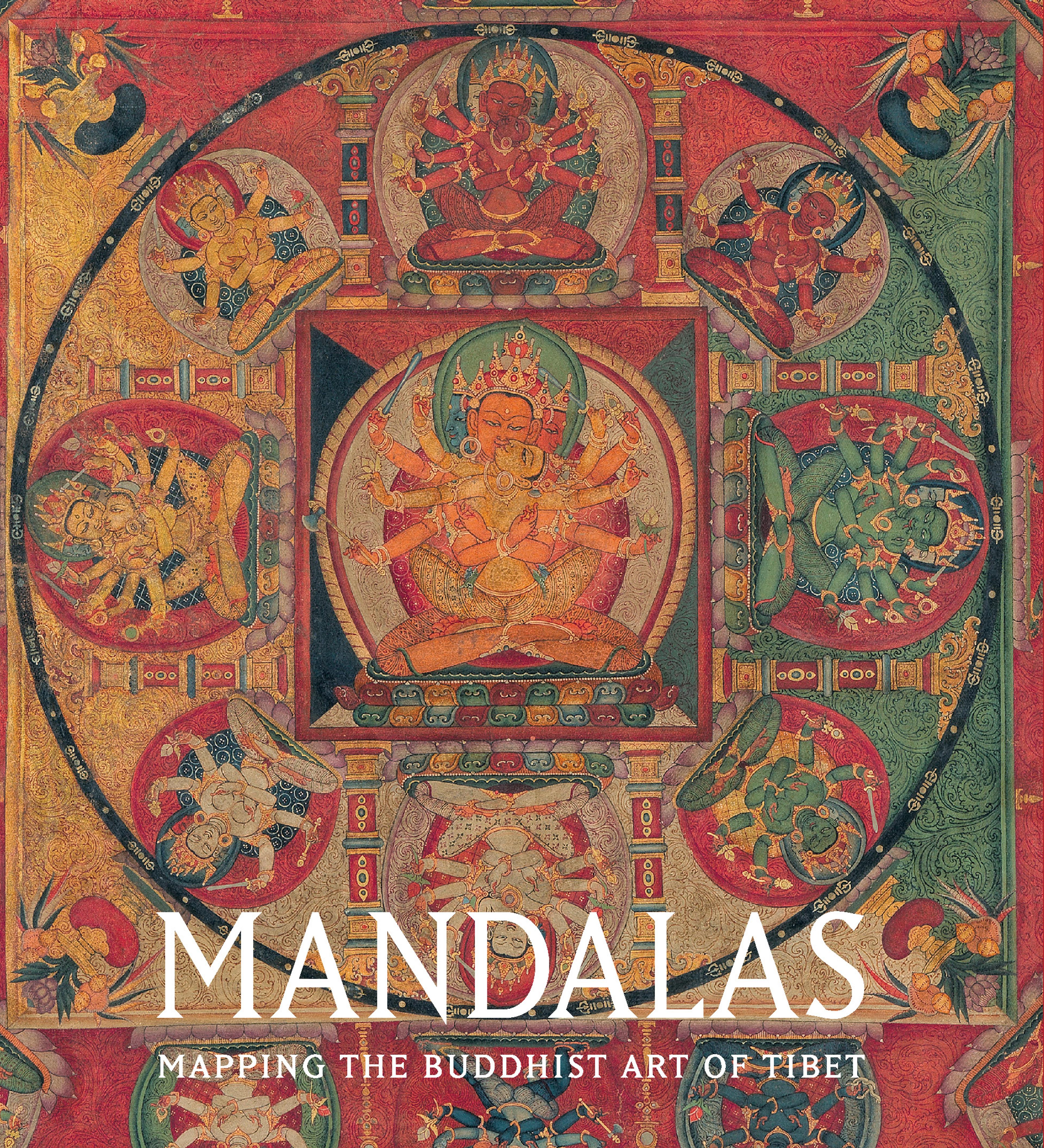Skeleton Dance Costume
In cham (ritual dance performances), monks wore skeleton costumes and masks like these to evoke the transient nature of life and, by extension, of all things—a central tenet of Buddhism. Its imagery fundamentally speaks to the cycle of rebirth and the active pursuit of enlightenment in this lifetime. For the lay community, it was auspicious to see these performances, one of the few times when Vajrayana ritual entered the public sphere. Skeleton dances were alternatively done in secretive monastic contexts. They might take place, for example, to prepare a monk to meditate in cremation grounds, in search of a deeper understanding of impermanence. Whether public or private, these performances were accentuated by dramatic masks and elaborate costumes like this, where white bones stand against red fabric flesh.
Artwork Details
- Title: Skeleton Dance Costume
- Date: late 19th or early 20th century
- Culture: Tibet
- Medium: Silk and flannel
- Dimensions: Overall: 70 × 60 in. (177.8 × 152.4 cm)
- Classification: Textiles-Costumes
- Credit Line: Gift of Mrs. Edward A. Nis, 1934
- Object Number: 34.80.3a–h
- Curatorial Department: Asian Art
More Artwork
Research Resources
The Met provides unparalleled resources for research and welcomes an international community of students and scholars. The Met's Open Access API is where creators and researchers can connect to the The Met collection. Open Access data and public domain images are available for unrestricted commercial and noncommercial use without permission or fee.
To request images under copyright and other restrictions, please use this Image Request form.
Feedback
We continue to research and examine historical and cultural context for objects in The Met collection. If you have comments or questions about this object record, please contact us using the form below. The Museum looks forward to receiving your comments.
